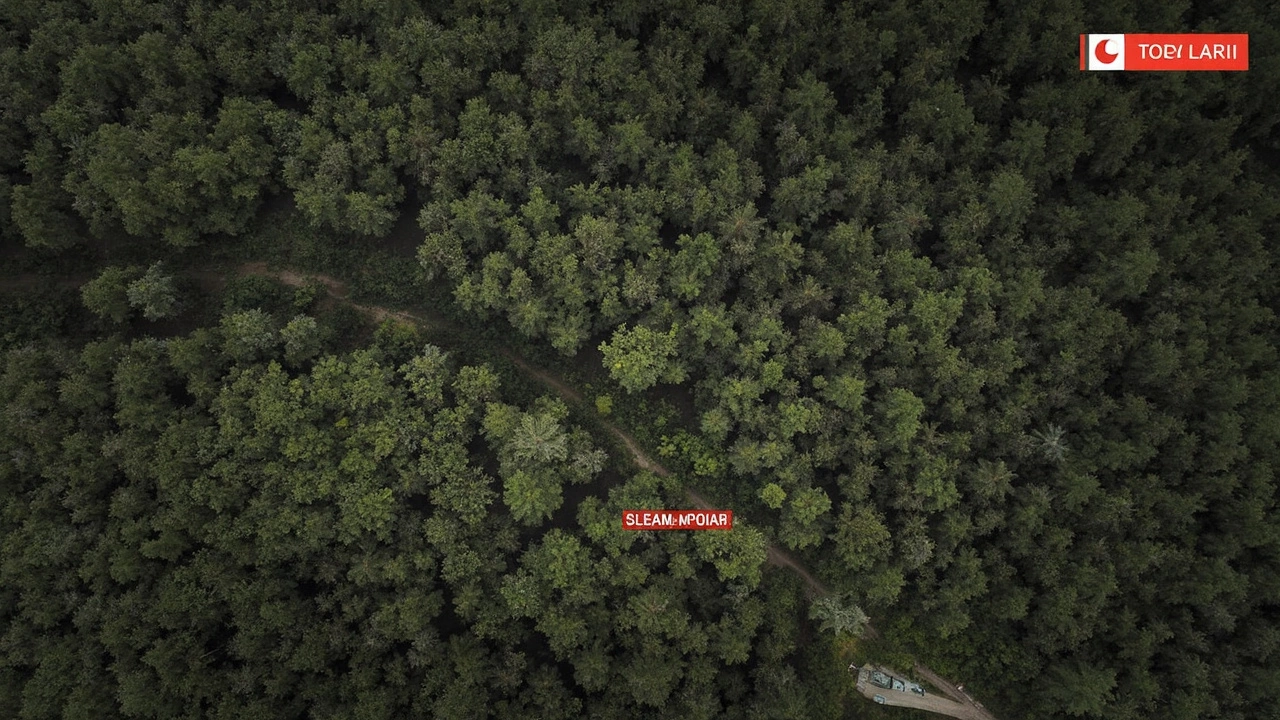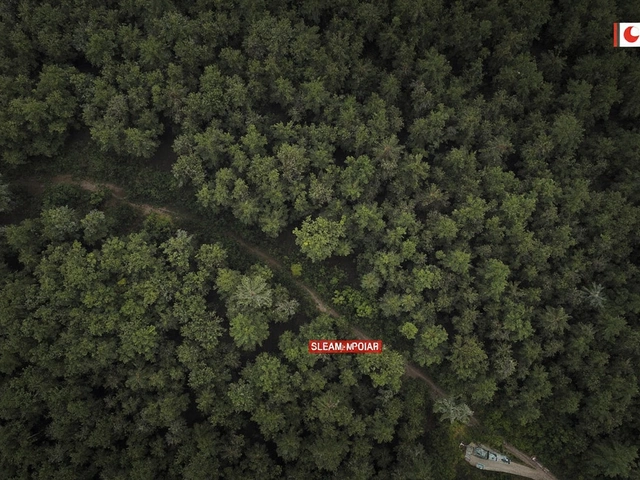ULFA-I: What It Is and Why It Matters
If you’ve heard the name ULFA-I in the news, you probably wonder what it stands for and why it still shows up. ULFA-I is short for the United Liberation Front of Asom – Indian “I” denotes its insurgent faction. Born in the late 1970s, the group wanted a separate Assamese nation, based on cultural pride and economic grievances. Over the decades, ULFA-I has gone through cease‑fires, splits, and renewed clashes, making it a key piece of Assam’s modern history.
Origins and Early Years
The story starts in 1979 when a handful of college students in Assam formed ULFA. They felt the central government ignored local needs, especially after oil and tea revenue left the state. Their manifesto called for an independent Assam, land protection, and control over natural resources. By the mid‑80s, ULFA turned into an armed outfit, recruiting youths from rural areas and launching attacks on police posts and infrastructure.
During the 1990s, the group grew stronger. They set up training camps in Bhutan and Myanmar, funded themselves through extortion, kidnapping, and later, some involvement in the narcotics trade. The Indian army responded with large‑scale operations, pushing many leaders into exile while others surrendered.
Current Developments
Today ULFA‑I is a fraction of its former self, but it still exists. After a 2011 peace accord with the government, a splinter called ULFA‑I (the “I” stands for “Independence”) broke away, refusing to lay down arms. This faction is responsible for occasional bomb blasts, extortion cases, and clashes with security forces in Assam’s border districts.
The government’s approach now mixes development projects with targeted security actions. Roads, schools, and job schemes aim to remove the economic reasons that once fed ULFA’s recruitment. Meanwhile, police and army units keep a close watch on known hideouts, especially near the Bangladesh and Bhutan borders.
What does the future look like? If the state can sustain growth and address local concerns, the appeal of ULFA‑I may keep dropping. However, any lapse in jobs or infrastructure could reignite support, especially among disenfranchised youth. Monitoring local sentiments, offering education, and maintaining a fair legal process are the keys to keeping the region stable.
In short, ULFA‑I isn’t just a headline – it’s a reminder of how deep‑rooted grievances can turn into armed movements. Understanding its history helps you see why peace talks, development, and security all need to work together. Keep an eye on the news for updates, but remember the bigger picture: stronger local economies and inclusive policies are the best way to reduce the lure of insurgency.
Indian Army Rejects Claims of Drone Strikes Against ULFA-I in Myanmar
ULFA-I claimed Indian Army drones attacked its Myanmar base, killing senior leaders and cadres, but the Army firmly denied any involvement. Confusion and speculation surround the claim, with ongoing concerns about cross-border militancy and the use of advanced weaponry along the India-Myanmar border.





